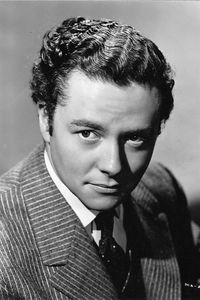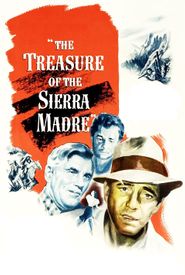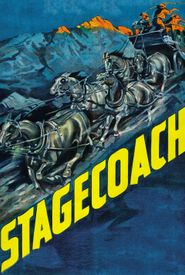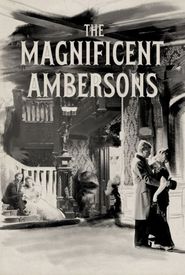Cowboy hero Tim Holt was a chip off the old block, following in the boots of his famous father, Jack Holt. Jack, a character-actor with a granite jaw, appeared in hundreds of silents and talkies, many of which were westerns. Tim's father was glimpsed in the classic film "The Treasure of the Sierra Madre" (1948) and also appeared alongside Tim in the western "The Arizona Ranger" (1948).
Tim was born Charles John Holt, Jr. on February 5, 1918, in Beverly Hills to Jack and his wife, Margaret Woods. Nicknamed "Tim", he was raised on his father's ranch in Fresno, where he learned to ride a horse and performed outside chores. Tim made his debut at age 10 in one of his father's westerns, "The Vanishing Pioneer" (1928),based on a Zane Grey story. He played his father's character as a young boy.
The boyishly rugged Tim attended military school in his teens, excelling in polo. He later married his college sweetheart, Virginia Ashcroft, in 1938, and decided to try his hand at acting. Virginia also made a brief foray into acting.
Tim apprenticed at various stock companies before returning to films with an unbilled part in "History Is Made at Night" (1937). He earned strong notices in the classic "Stella Dallas" (1937) and "Gold Is Where You Find It" (1938). His horseback riding capabilities and fast-drawing technique quickly kicked in with "The Law West of Tombstone" (1938),and he joined a superb cast in John Ford's classic western "Stagecoach" (1939) as a by-the-book cavalry lieutenant.
Hardly confined to westerns at this early stage, Tim showed impressive acting abilities in comedy, adventure, and high drama, all for RKO Pictures. He reached an early peak when Orson Welles cast him against type as the cruel, malicious son George in "The Magnificent Ambersons" (1942),a role Welles initially contemplated playing himself.
World War II interrupted Tim's thriving career. He was a decorated hero, serving in the Air Corps and was discharged with the rank of second lieutenant. Wounded over Tokyo on the last day of the war, he was also given the Purple Heart.
After the war, Tim made an auspicious return to films in the role of Virgil Earp in Ford's "My Darling Clementine" (1946) and then continued in a somewhat lesser vein with "B"-level oaters. He came to the forefront one more time, co-starring with gold prospecting rivals Humphrey Bogart and Walter Huston in John Huston's masterpiece "The Treasure of the Sierra Madre" (1948),arguably the high point of Tim's entire film career.
Tim eventually became disillusioned with the quality of his pictures and decided to abandon films after appearing in RKO's "Desert Passage" (1952) while still a popular draw. He retired to his Oklahoma ranch with his third wife, Berdee Stephens, and their three children.





























































































